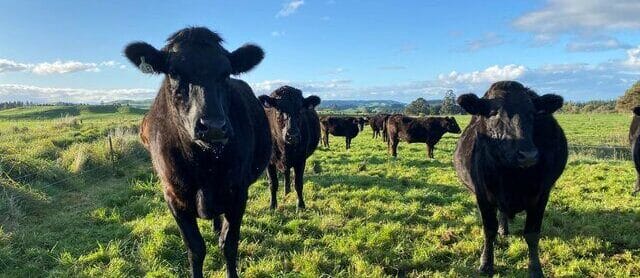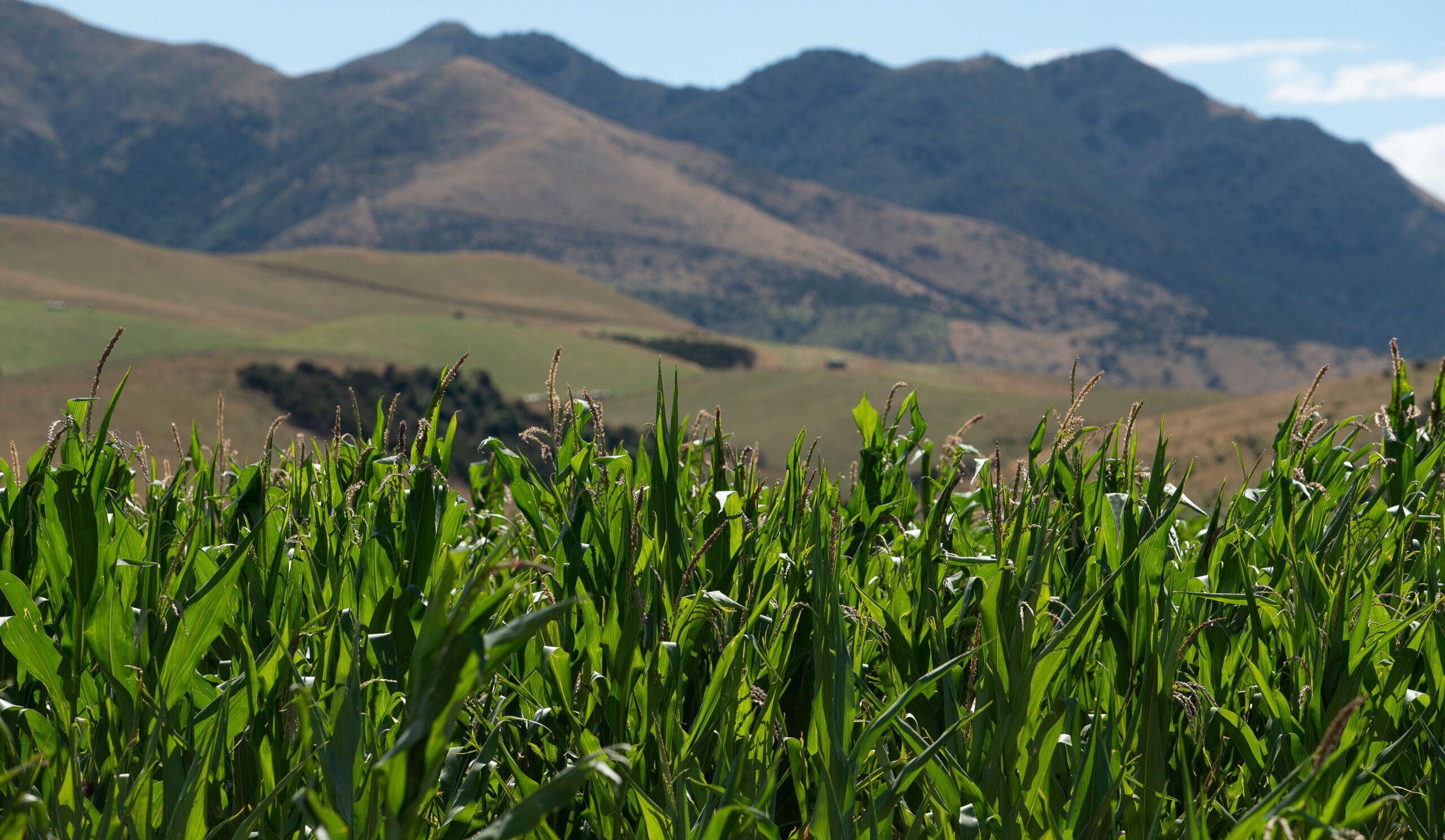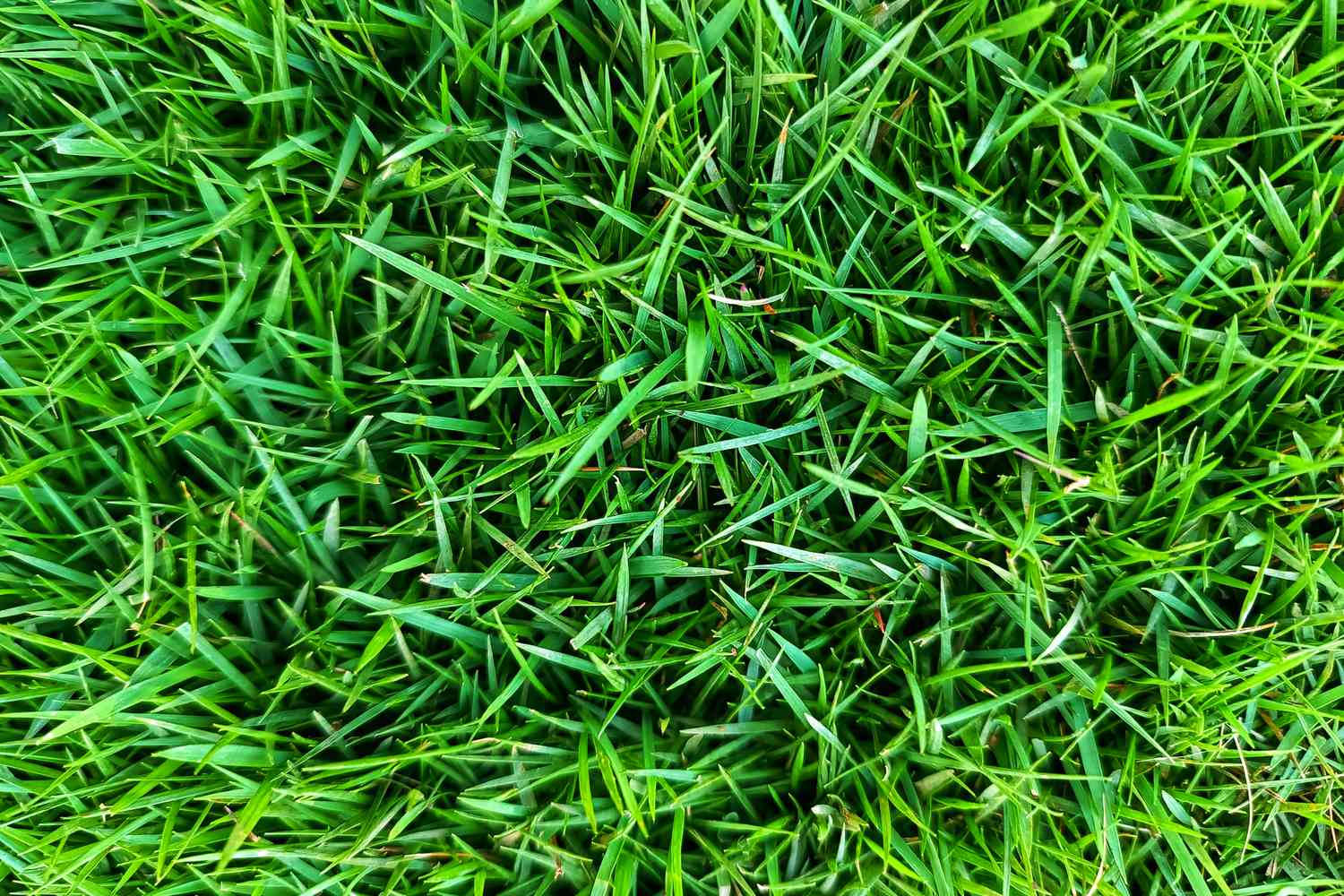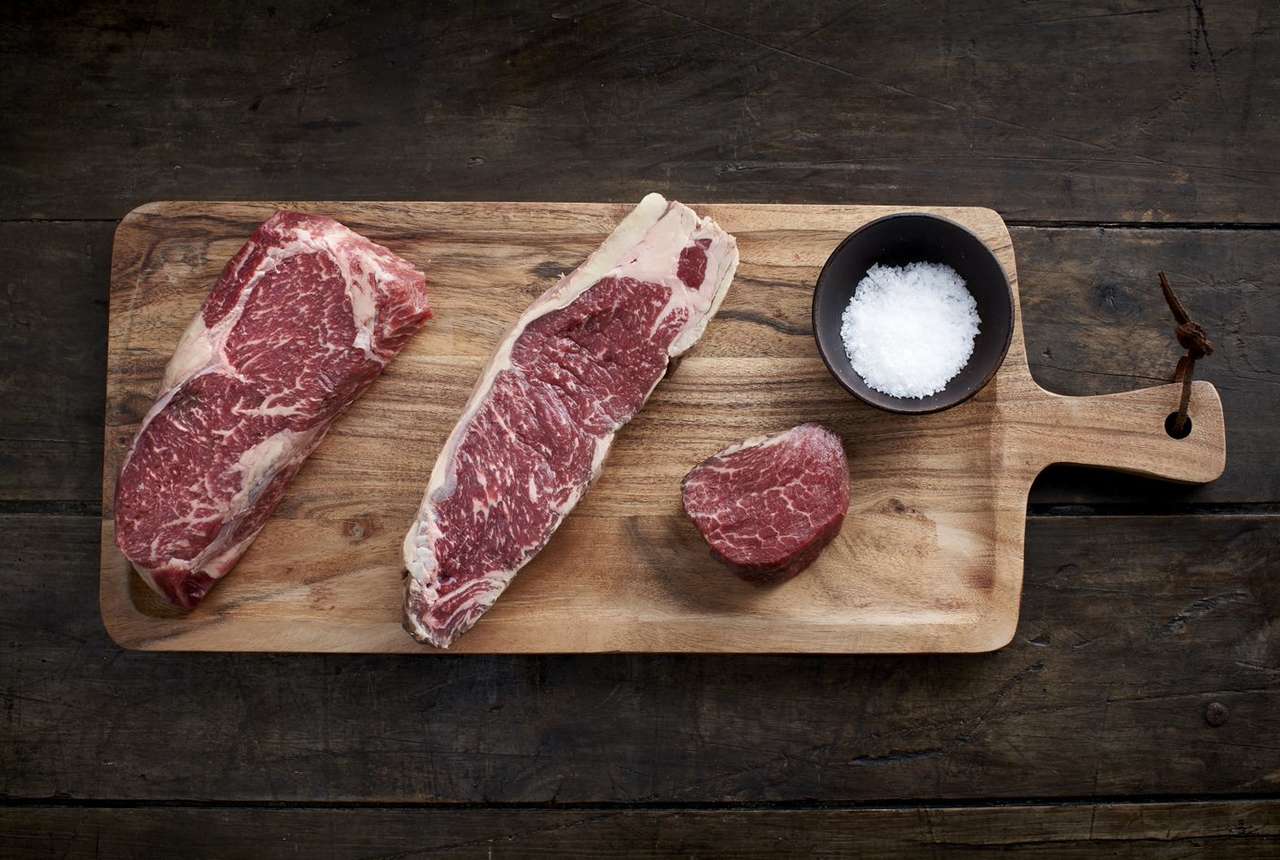How we got to feeding dogs carbohydrates
Dr Mark Roberts, PhD
The linkage between the dog and that of the wolf, Canis Lupus, has been demonstrated, based on an increasing level of molecular data, combined with both physiological and behavioural similarities1,2,3. Studies have also established that wild wolves target a diet rich in protein and fat, with a neglectable carbohydrate component4. Research in the self-selection of macronutrients in domestic dogs, has also highlighted that they have a very similar desire for dietary fat and protein, with carbohydrate intake being insignificant5,6. As most dogs are fed extruded diets, with a high carbohydrate content, (and consequently lower protein and fat), a brief examination into why dogs are fed a diet, differing from what they want to eat, is of interest.
The domestication of the dog likely started in the upper Paleolithic period approximately 35,000 to 10,000 years ago, when hunting and gathering was prolific7.Research into the diet composition of dogs throughout their early evolution is limited. The current hypothesis is that while undergoing early domestication, opportunistic scavenging skills would have allowed for consumption of human scraps from a hunt8. The transition to the Neolithic period represented a point when fundamental changes in canine dietary intake occurred. During this timeframe, humans moved to acquiring food solely from cultivation of crops (cereals) and stockbreeding9. With dogs now coexisting with humans within the structure of a settlement, nutritional evidence indicates that domestic dogs, consumed the same diet as that of their human counterparts10.
Later in human evolution, the Agricultural Revolution occurred between 1560 – 1880, which was characterised by several significant agricultural developments11, resulting in a substantial increase in food output12. The result of these improved farming techniques in the eighteenth century, was ultimately a massive increase in yield, which was determined as grain produced per acre13. This period also represented the beginning of commercial dog food production, when in 1860 James Spratt produced the first commercial dog biscuits, formulated to include ingredients which had become widely available as a result of the Agricultural Revolution, including wheat meal, vegetables, and meat by-products14.
After the Second World War several factors further enhanced agricultural productivity, including the use of fertilisers, increasing use of agrichemicals, improved varieties of crops (leading to better yields), and large farm equipment 15, 16. Such intensified land management and high yielding crops were characterised as part of the “Green Revolution” 17 (after the agricultural revolution), resulted in the significant increase in grain production achieved over the past 50 years18.
The increased capability to produce cereal crops used in dog food, such as corn, barley, and wheat19, thus served to enable an increase in the use of carbohydrates in dry dog food for two reasons. Firstly, carbohydrates are a much cheaper source of energy than protein20, and secondly, are required in order for extrusion to occur21.
In summary, the fact that the majority of dogs are now fed diets with a significant contribution from carbohydrates, has no association with proven nutritional benefits. Instead, it is mankind’s ability to master and maximise agricultural productivity that is the driving force. Indeed, as fat and protein sources are commonly sprayed on high carbohydrate dog foods to get them to eat a product, highlights that a diet of this composition is not what a dog wants to consume. The focus moving forward, as has been for several years already, should be to examine the implications of this on the health status of dogs themselves.
References
1. Lindblad-Toh, K., Wade, C. M., Mikkelsen, T. S., Karlsson, E. K., Jaffe, D. B., Kamal, M., … & Lander, E. S. (2005). Genome sequence, comparative analysis and haplotype structure of the domestic dog. Nature, 438(7069), 803-819.
2. Morey, D. F. (1994). The early evolution of the domestic dog. American scientist, 82(4), 336-347.
3. Ostrander, E. A., & Wayne, R. K. (2005). The canine genome. Genome research, 15(12), 1706-1716.
4. Bosch, G., Hagen-Plantinga, E. A., & Hendriks, W. H. (2015). Dietary nutrient profiles of wild wolves: insights for optimal dog nutrition? British Journal of Nutrition, 113(S1), S40-S54.
5. Roberts, M. T., Bermingham, E. N., Cave, N. J., Young, W., McKenzie, C. M., & Thomas, D. G. (2018). Macronutrient intake of dogs, self‐selecting diets varying in composition offered ad libitum. Journal of animal physiology and animal nutrition, 102(2), 568-575.
6. Hewson-Hughes, A. K., Hewson-Hughes, V. L., Colyer, A., Miller, A. T., McGrane, S. J., Hall, S. R., … & Raubenheimer, D. (2013). Geometric analysis of macronutrient selection in breeds of the domestic dog, Canis lupus familiaris. Behavioral ecology, 24(1), 293-304.
7. Galibert, F., Quignon, P., Hitte, C., & André, C. (2011). Toward understanding dog evolutionary and domestication history. Comptes Rendus. Biologies, 334(3), 190-196.
8. Morey, Darcy F. “The early evolution of the domestic dog.” American scientist 82.4 (1994): 336-347.
9. Burenhult, G. (1993). The first humans. Human origins and history to 10.000 BC. Harper.
10. Pechenkina, E. A., Ambrose, S. H., Xiaolin, M., & Benfer Jr, R. A. (2005). Reconstructing northern Chinese Neolithic subsistence practices by isotopic analysis. Journal of archaeological Science, 32(8), 1176-1189.
11. Overton, M. (1996). Agricultural revolution in England: the transformation of the agrarian economy 1500-1850 (No. 23). Cambridge University Press.
12. Allen, R. C. (1999). Tracking the agricultural revolution in England. Economic history review, 209-235.
13. Williamson, T. (1998). Fodder Crops and the’ Agricultural Revolution’ in England, 1700–1850. Environmental Archaeology, 1(1), 11-18.
14. Mangano, D. (2018). Forms of Animality: The Dog Semiotics of Animals in Culture (pp. 55-72): Springer.
15. Grigg, D. B. (1974). The agricultural systems of the world: an evolutionary approach (Vol. 343). Cambridge University Press.
16. Runge, C. F., & Runge, C. P. (2010). Against the grain: why failing to complete the green revolution could bring the next famine. Foreign Affairs, 89, 8.
17. Evenson, R. E., & Gollin, D. (2003). Assessing the impact of the Green Revolution, 1960 to 2000. Science, 300(5620), 758-762.
18. Neumann, K., Verburg, P. H., Stehfest, E., & Müller, C. (2010). The yield gap of global grain production: A spatial analysis. Agricultural systems, 103(5), 316-326.
19. Thompson, A. (2008). Ingredients: Where Pet Food Starts. Topics in Companion Animal Medicine, 23(3), 127-132. doi:10.1053/j.tcam.2008.04.004
20. Brooks, R. C., Simpson, S. J., & Raubenheimer, D. (2010). The price of protein: combining evolutionary and economic analysis to understand excessive energy consumption. Obesity Reviews: An Official Journal of The International Association for The Study of Obesity, 11(12), 887-894. doi:10.1111/j.1467-789X.2010.00733.x
21. Riaz, M. N., & Rokey, G. (2011). Extrusion Problems Solved: Food, Pet Food and Feed. [electronic resource]: Woodhead Publishing.











